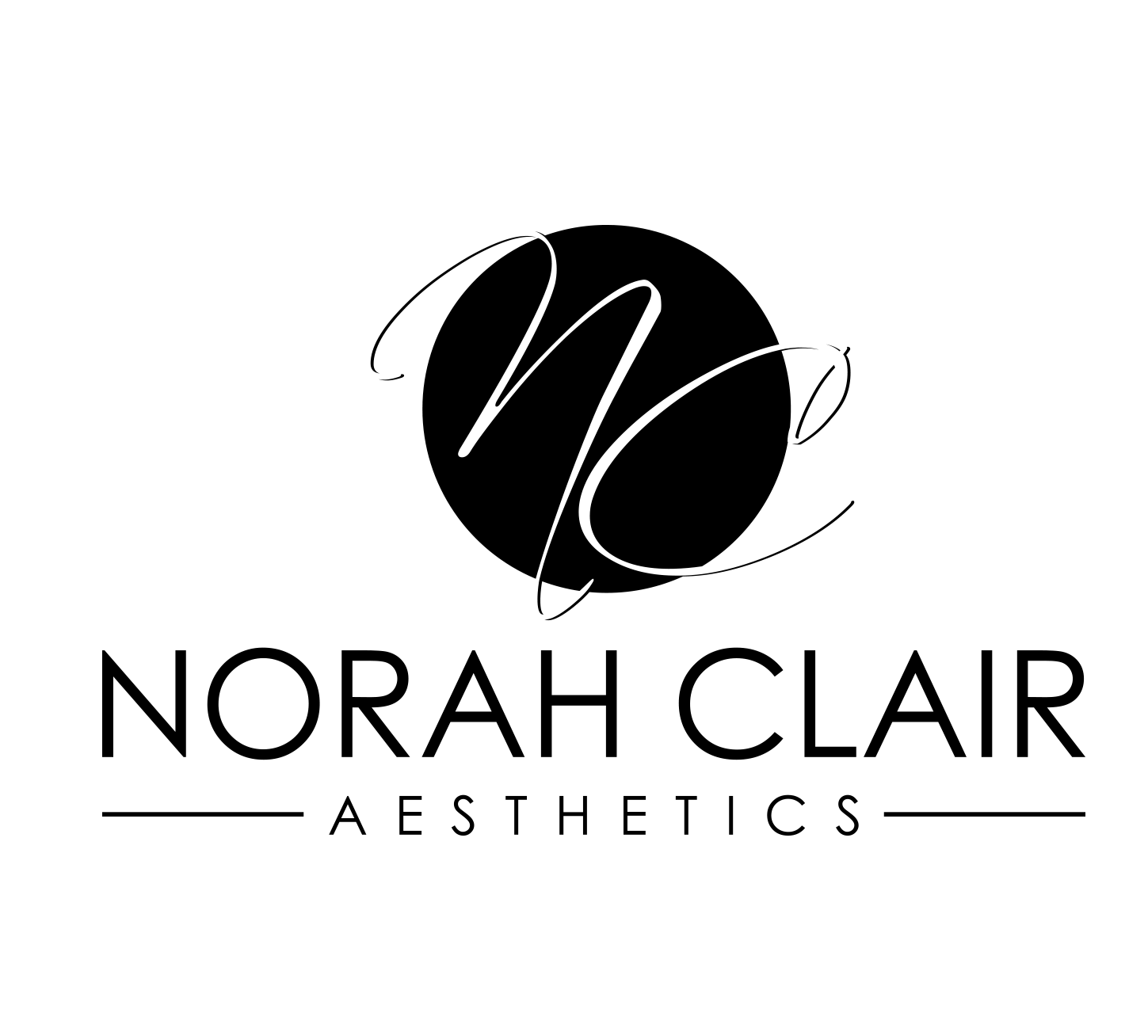Get to Know the Beauty of a Chemical Peel
At Norah Clair Aesthetics, there are several options available for refreshing and rejuvenating the appearance of the skin including laser treatments and medical skincare, but one of my favorites is also one of the oldest aesthetic skincare treatments available: a chemical peel.
Chemical peels are skin treatments which use a peeling agent (usually an acid) to lift off topical skin layers in order to reveal fresh, new skin underneath. They are ideal for a variety of different skin types and can be done on the face, neck, chest, and hands. One reason chemical peels are so versatile is that they can address many of the most visible signs, and are perfect for softening fine to moderate lines and wrinkles; reducing the appearance of sun damage and dark spots; smoothing uneven skin texture and tone; and even helping to reduce pore size and heal certain types of acne.
There are three basic kinds of chemical peels:
· Superficial Peels: These peels made with mild acids (such as alpha-hydroxy acid) that exfoliate the topmost layer of the skin and help improve the appearance of uneven skin tone, as well as smooth roughness.
· Intermediate Peels: More active peel often made with glycolic acid (or other medium strength acid) that penetrates top and middle layers of the skin to improve fine lines and wrinkles, as well as more pronounced skin discoloration (freckles, dark spots, etc.). Intermediate peels also treat more stubborn areas of rough skin texture.
· Advanced (or Deep) Peels: The most active peel, made with a very strong acid such as tricholoracetic acid or phenol, and that is able to deeply penetrate through the middle layer of the skin. Deep peels can remove very pronounced lines and wrinkles, as well as dark spots, freckles and small scars. Because the acids used are so strong, this procedure may only be performed once (on the face) and visible improvements can be seen immediately.
In order to offer the right chemical peel to all of my clients, I offer peels in a variety of brands and strengths including:
· Jessner Peel: Intermediate peel that is good for more pronounced lines/wrinkles, as well as for the treatment of acne.
· VI Peel : A superficial peel that targets fine lines and wrinkles, as well as uneven skin tone. This peel also contains an anesthetic to help increase comfort during treatment.
· Melange Peel : Superficial peel used to treat the appearance of mild hyperpigmentation and skin surface roughness. This treatment includes a specified after-care regimen that must be followed precisely for best results.
· Alchimie Forever Brightening Peel: Superficial peel that uses a combination of acids to gently brighten uneven pigmentation, exfoliate, and help alleviate acne blemishes.
· ZO Skincare 3-Step Peel: Intermediate peel,designed to treat more noticeable sings of aging such as deeper lines and wrinkles; enlarged pores; uneven skin texture; and hyperpigmentation/dark spots.
Chemical peels are effective on a variety of skin types, and the actual peel used is determined by a variety of factors including skin sensitivity, skin tone/color, any previous treatments you may have had, and what issues you are seeking to treat. In general, most people will need a series of peels (between 2 -5) spaced four weeks apart to achieve optimal results. But for advanced peels, only one treatment may be needed and indeed, safe! While recovery time can be fairly brief for superficial peels, in general, expect recovery to take a few days to two weeks, accompanied by redness, and peeling, flaking skin. At-home after care is a critical part of every peel including using any recommended skin creams, and wearing sunscreen.
Once you have completed the chemical peel cycle, expect to see skin that looks vibrant and youthful, with a visible reduction in fine lines and wrinkles, and a soft, smooth texture. I’d love to discuss how a chemical peel can help your skin: call me to set-up a free appointment to explore all the chemical peel options at Norah Clair Aesthetics!

